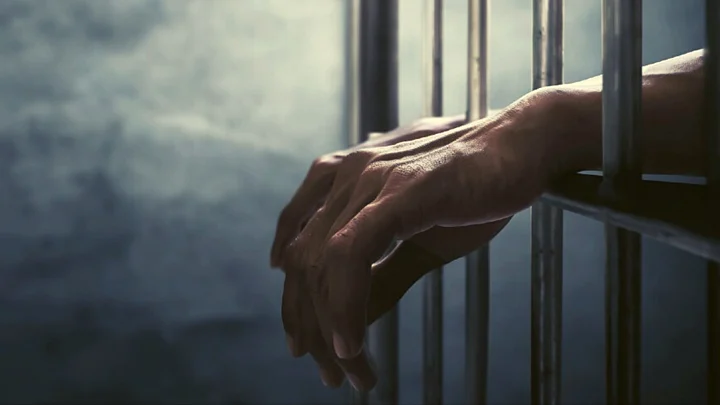Over 3 out of 5 undertrial prisoners lodged across Indian prisons, are from Dalit, Adivasi and OBC communities, according to the latest Prison Statistics of India Report (2021).
The report, released in August this year, came up during the 2022 winter session of the Parliament when Minister of State in the Ministry of Home Affairs, Ajay Kumar Mishra, said on 13 December that out of 5,54,034 prisoners, 4,27,165 of them, that is 76%, were undertrial prisoners.
A deeper analysis of the numbers by The Quint, reveals that people from India's marginalised castes made up the majority (66%) of those imprisoned and under trial.
It is essential to note here, that undertrial prisoners are those who haven’t been convicted of a crime yet, but have only been accused i.e. the charges mentioned against them haven’t been proven. They are still, literally, 'under trial'.
Undertrial prisoners, thus, are those that have been imprisoned during the investigation, inquiry, or trial of the crime for which they were arrested.
And, What’s Wrong with Being Imprisoned While Being Under-Trial?
The Supreme Court, in a recent judgement (Satender Kumar Antil vs CBI, July 2022) came up with an answer to this.
Underlining the ineffectiveness of India’s bail system, the top court said that crowding jails with undertrial prisoners went against the established legal principles of ‘presumption of innocence’ and that ‘bail not jail’ should be the prevailing norm.
The court’s worries about prison crowding were not unfounded – the latest (2021) occupancy rates stand at 130.2%, up from 118% in the previous year.
Equally valid were its apprehensions about people languishing in jails for long periods of time, without being convicted. According to the report:
70.9% of the undertrial prisoners were confined for periods of up to 1 year
13.2% had been confined for 1 to 2 years
7.6% confined for 2 to 3 years
2.7 % had been in jail for over 5 years
Why Are Undertrial Numbers from Marginalised Castes Disproportionate?
“The fact that a majority of undertrial prisoners come from marginalized communities further reflects an inherent bias in the system," Abantee Dutta of Studio Nilima, a legal aid collective based in Assam, had written in a piece for The Quint.
Project 39A, a prisoners' rights advocacy group based out of New Delhi, in a piece on their website, explains this further:
1) The arrest of a person is justified as 'necessarry,' if the police have reasons to believe that it is required to ensure their presence in court. Such vague justifications can and does lead to arbitrary arrests, putting marginalised people most at risk.
2) Another significant reason is the undertrial prisoner’s inability to comply with bail conditions even if they were lucky enough to get it. For instance, belonging to marginalised communities often brings with it the inability to arrange money/property and local sureties needed to be released on bail. As a result, they often remain in prison long after they have gotten bail.
Numbers From Over The Years Reflect ‘Inherent Bias’
The data is worrying, not only from 2022, but consistently over the years. A reading of the number of undertrial prisoners from marginalised castes over the last five years (2017 - 2021) suggests a whopping 48 percent jump.
Perhaps, it would bode well to remember the Supreme Court's words from 1980:
“Are prisoners persons? Yes, of course. To answer in the negative is to convict the nation and the Constitution of dehumanisation and to repudiate the world legal order."
